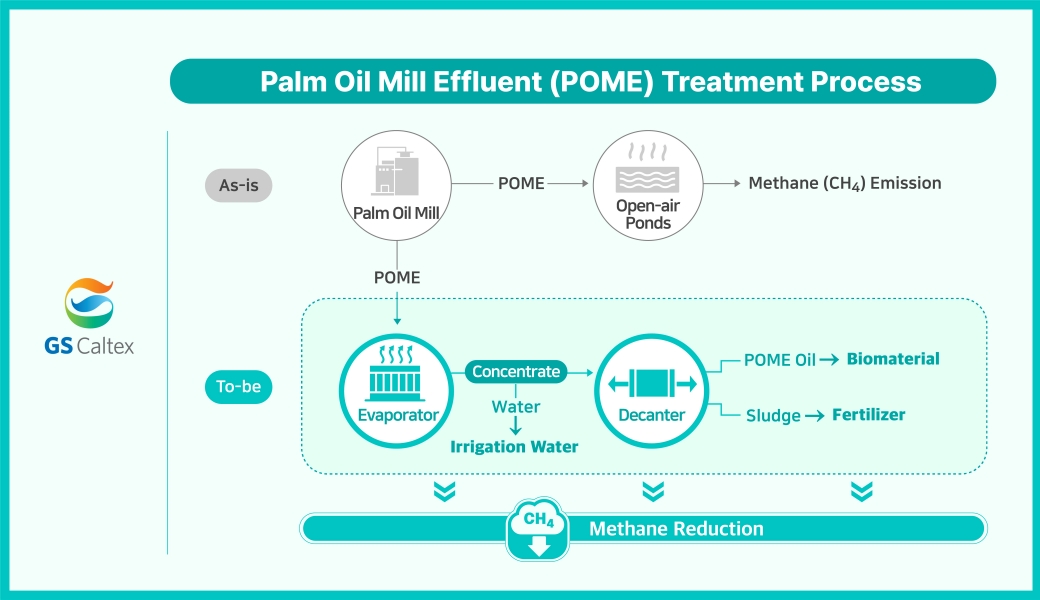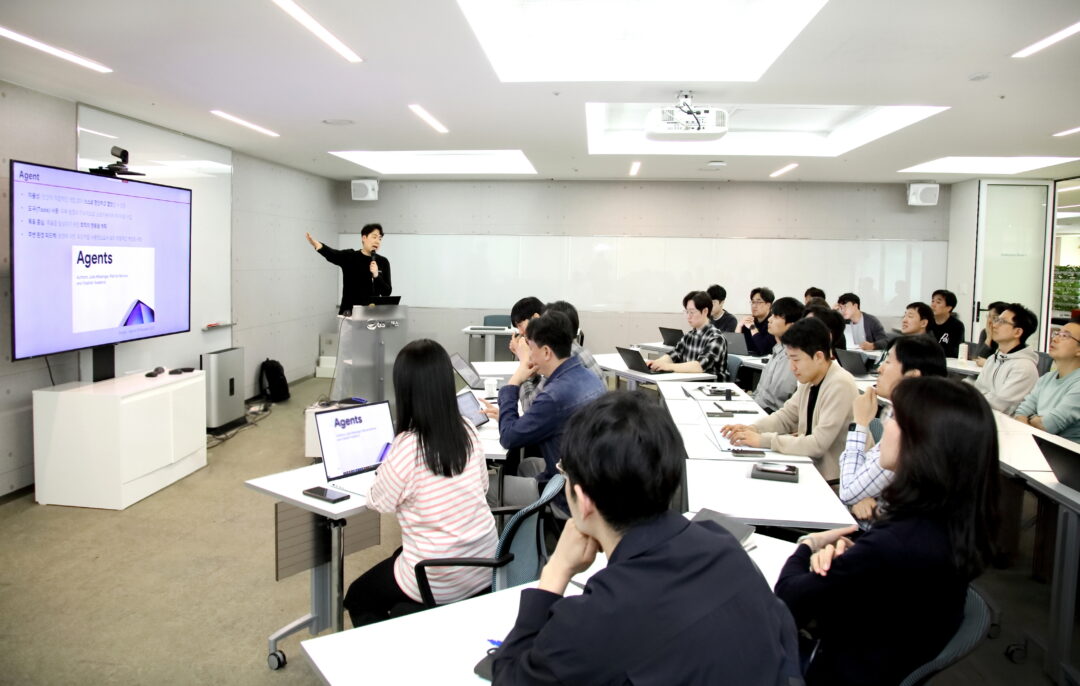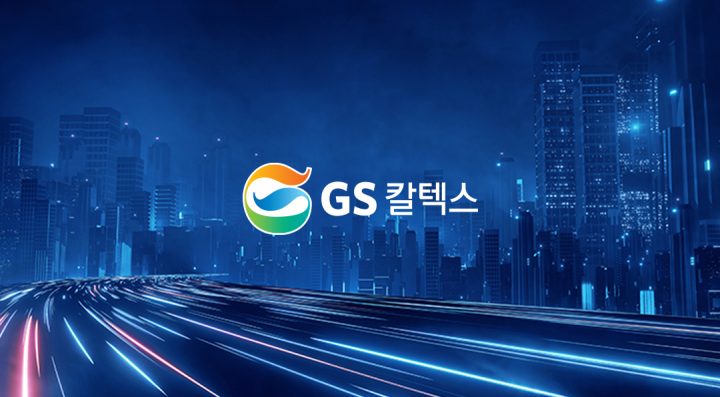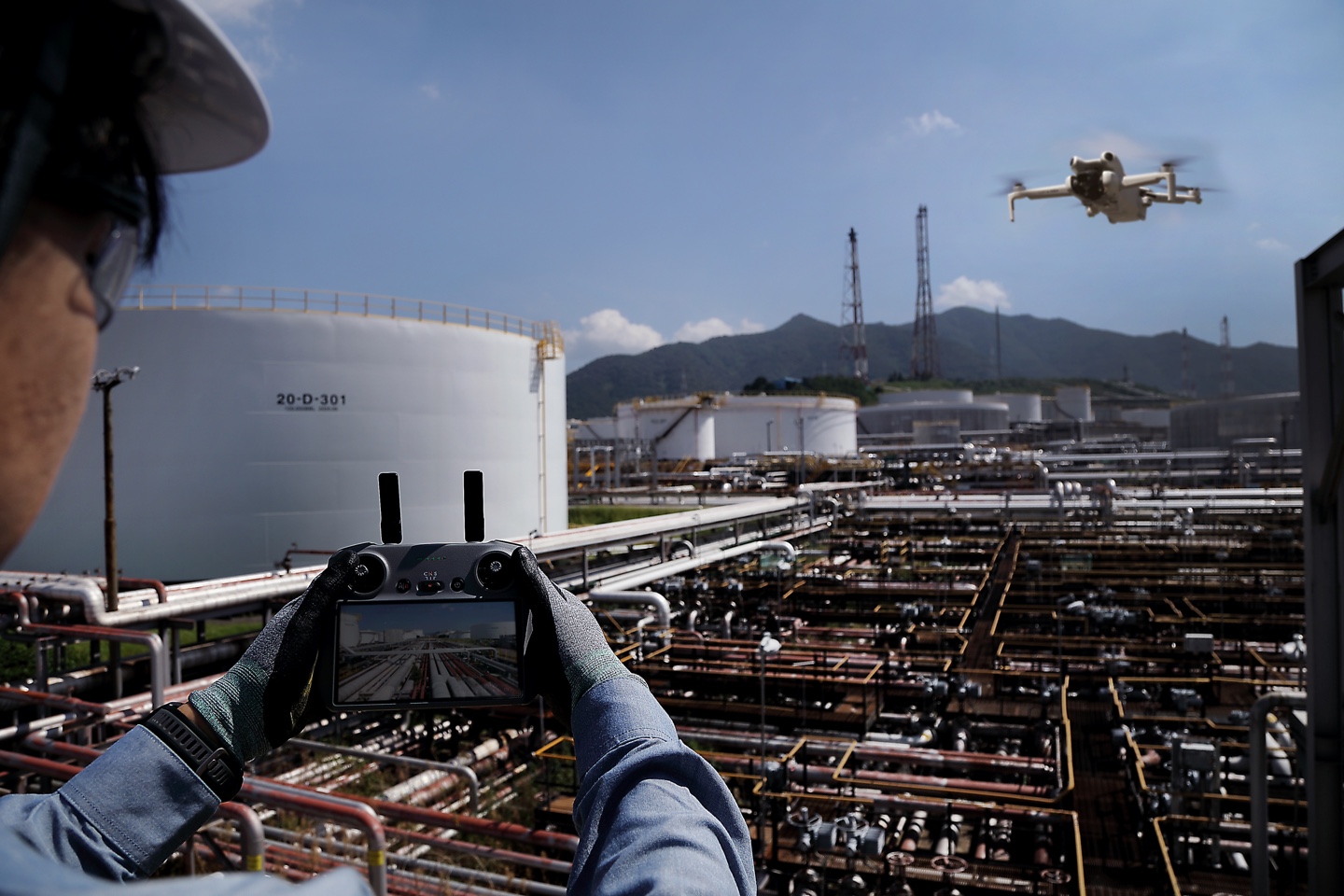- Participating in the 2025 government program for feasibility studies on international greenhouse gas reduction projects
- Reviewing the commercial viability of Indonesia’s first palm oil mill effluent (POME) evaporation treatment facility for methane reduction and biomaterial recovery

GS Caltex announced on June 24 that it has been selected for the “2025 Support Program for Feasibility Studies on International Greenhouse Gas Reduction Projects,” led by the Ministry of Economy and Finance and the Export-Import Bank of Korea. The program underscores the government’s proactive support for corporate overseas greenhouse gas reduction projects, in place since 2023 as part of broader efforts to achieve Korea’s 2030 Nationally Determined Contribution (NDC) targets.
As the world’s largest producer and exporter of palm oil, Indonesia is central to growing global concerns over POME treatment. One major source of methane emissions is palm oil mill effluent (POME), which typically undergoes organic decomposition in a series of open-air ponds, releasing not only noxious odors but also significant amounts of methane into the atmosphere. According to the Intergovernmental Panel on Climate Change (IPCC), methane’s greenhouse effect is 28 times greater than carbon dioxide’s over a 100-year period.
In response, the government-backed feasibility study will examine GS Caltex’s plans for Indonesia’s first evaporative concentration treatment facility to process POME from production plants. The project aims to reduce methane emissions by suppressing POME decomposition and recover POME oil. The oil is intended for use as a biomaterial, including in sustainable aviation fuel (SAF). Additionally, the water and sludge recovered during the treatment process can be reused for irrigation and as fertilizer in palm plantations.
GS Caltex will conduct the feasibility study for a six-month period to objectively evaluate the greenhouse gas reduction effects, economic viability, and commercialization potential of the project. If the findings are favorable, the scale and timing of investment will be determined.
GS Caltex estimates that each unit at the facility could reduce greenhouse gas emissions by over 120,000 tCO₂eq per year – equivalent to the annual CO₂ absorption of 13.95 million 30-year-old pine trees. The resulting greenhouse gas reductions can be recognized as carbon credits, contributing to both Korea’s and Indonesia’s NDC targets.
GS Caltex is advancing lower-carbon businesses through the Business Council, a company-wide collaborative body for discussions and decision-making in support of future businesses. The POME recycling project is one example of such cooperation, developed jointly by the Biofuel and ESG Business Development teams under the Biofuel Business Council.
A representative of the company stated, “POME evaporative concentration treatment is simpler than conventional methane capture methods. By treating it immediately after generation, we can prevent decomposition and enable greater methane reduction.” The representative added, “Based on the results of this feasibility study, we plan to explore business opportunities targeting palm plantations in Indonesia.”




